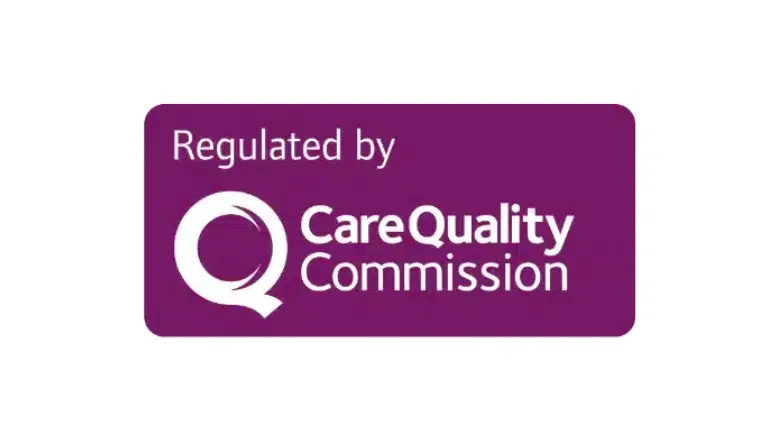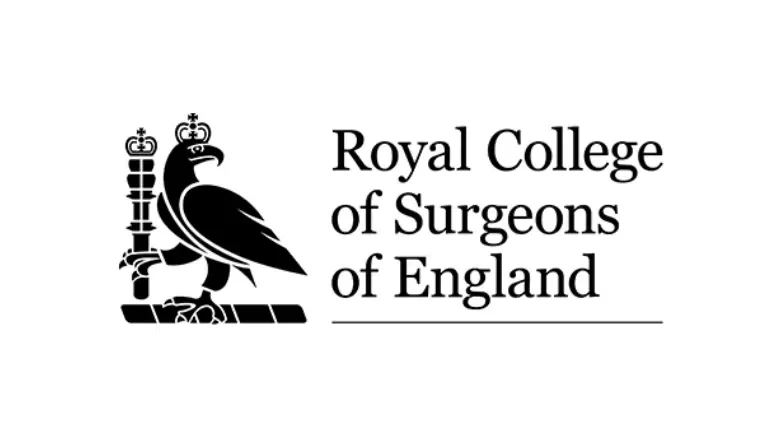The perineum is the area between the vagina and anus. Many women choose to undergo a perineoplasty to address damage to the area caused by childbirth, traumatic injury or the natural ageing process. The procedure is designed to improve the appearance of the vaginal opening so that it appears less gaping. It can also be carried out to improve sexual function and enhance the quality of life. Surgery on the perineum is most commonly combined with a vaginoplasty to treat a loose vagina. Perineoplasty, also known as perineorrhaphy, involves surgical restoration of the muscles that form the opening to the vagina. Perineoplasty is often combined with pelvic floor repair to treat weakness of the vaginal walls causing the uterus, bladder, or rectum to bulge into the vagina. Surgery on the perineum can also help to restore the shape of the vagina to its pre-pregnancy condition or to repair damage caused by traumatic injury. Perineoplasty has the potential to give women the ability and improve their sexual satisfaction as well as enhance the cosmetic appearance of the vagina. Women can be assured that perineoplasty does not affect the ability to become pregnant and is not associated with an increased risk of complications during pregnancy. Perineoplasty is a type of designer vagina surgery.
Am I suitable for perineoplasty?
Women who may need perineoplasty often fall into one or more of the categories below:
- Difficulty with passing a bowel motion
- Pelvic organ prolapse
- Recurrent vaginal infections, including thrush
- Pain and discomfort during sexual intercourse
- Tenderness when touching the perineum
- Painful scar tissue
- Perineal weakness with a widening of the vaginal opening
Patients who are not suitable for the procedure include:
- Women who are pregnant
- Have an active vaginal infection
- Have pre-cancerous or cancerous changes which require further investigation and treatment
- Vascular conditions of the female genitalia
- Severe coagulation disorders may increase the risk of significant bleeding during and after the procedure.
How to prepare for perineoplasty surgery
Your surgeon will conduct a thorough clinical assessment to ensure you are fit and healthy for perineal plastic surgery. Patients with chronic medical conditions may require special clearance before having the surgery. In some cases, preoperative testing including blood tests, may be necessary but this will depend on your age and past medical history. Your surgeon can combine a perineoplasty with a vaginoplasty for comprehensive vaginal rejuvenation.
The surgeon will also explain other alternative treatment options and the risks and benefits of perineoplasty surgery. The consultation serves as the ideal opportunity to ask any questions you may have about the proposed procedure. Patients should ideally be non-smokers or be willing to completely give up before having the operation at least four weeks beforehand. If you had the procedure under local anaesthetic, there would be no need to undergo preoperative fasting. For a general anaesthetic, you will need to fast for six hours for food and two hours for clear fluids only.
What does a perineoplasty involve?
Perineoplasty can be carried out under local anaesthetic alone but is most commonly carried out under a general anaesthetic using minimally invasive techniques to facilitate quick healing and less scarring. The surgeon will first inject a local anaesthetic into and around the perineum before removing excess skin and repairing the deeper muscles. The wound edges are then closed with dissolvable stitches, which do not need to be removed at post-operative appointments as they will dissolve on their own. When carried out under a general anaesthetic or local anaesthetic, perineoplasty is a day-case procedure and takes approximately one hour to perform. The procedure may take longer when combined with vaginal tightening surgery or a vaginoplasty. Once you are medically fit for discharge, our nursing team will explain the post-operative instructions to your responsible adult escort, who should look after you for the first 24 hours after your procedure whilst you are recovering from the effects of the anaesthetic.
Recovery after perineoplasty
Perineoplasty is an outpatient procedure, which means patients can go home later the same day to recover in the comfort of their own homes. During the first few days after the procedure, it is normal to feel localised discomfort and a feeling of swelling and burning in the surgical area. Painkillers prescribed to you by your doctor will be able to control any pain symptoms easily. For approximately 7 to 10 days after perineoplasty, the perineum may appear swollen, although the skin usually goes on to heal without any complications with no noticeable scarring. Patients should avoid having sexual intercourse for six weeks after the procedure to ensure proper healing and minimise the risk of wound breakdown.
RELATED: Is vaginoplasty painful?
Perineoplasty at Centre for Surgery
Discover exceptional care and expertise at the Centre for Surgery, London’s leading clinic for cosmetic procedures. Our highly qualified team offers a comprehensive range of treatments, including perineoplasty, ensuring personalised care for every patient.
Patient Testimonials
- Emily’s Experience: “My journey with Centre for Surgery was incredible. The staff were extremely supportive, and the results of my perineoplasty exceeded my expectations. I felt comfortable and cared for throughout the entire process.”
- Sarah’s Journey: “Choosing Centre for Surgery for my procedure was the best decision I made. The team’s professionalism and attention to detail were outstanding. My recovery was smooth, and I am delighted with the outcome.”
- Liam’s Story: “As a male patient, I was initially apprehensive, but the staff at Centre for Surgery made me feel completely at ease. The results of my perineoplasty have significantly improved my quality of life.”
Booking a Consultation
To learn more about perineoplasty and other cosmetic procedures, contact us for a consultation:
- 📞 Phone: 0207 993 4849
- 📧 Email: contact@centreforsurgery.com
- 📍 Address: 95-97 Baker Street, London W1U 6RN
- Contact Us
Explore More
- About Us: Gain insights into our values and approach to patient care. Why Choose Us
- Finance Options: We offer flexible finance options, including 0% APR with Chrysalis Finance, making treatments more accessible. Finance Options
- Plastic Surgery Blog: Stay informed with the latest trends, tips, and insights in cosmetic surgery. Our Blog
- FAQs: Have questions? Find answers to common queries about cosmetic surgery. Clinic FAQs
- Baker Street Clinic: Visit our state-of-the-art clinic in the heart of London. Baker Street Clinic
Embark on your journey to confidence and well-being with Centre for Surgery, where patient satisfaction is our utmost priority.
RELATED: How much does vaginal rejuvenation cost?










